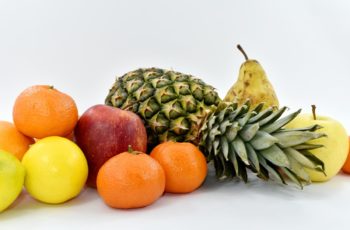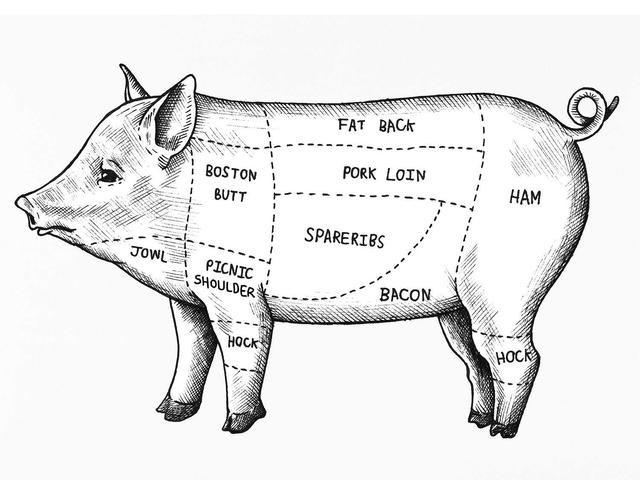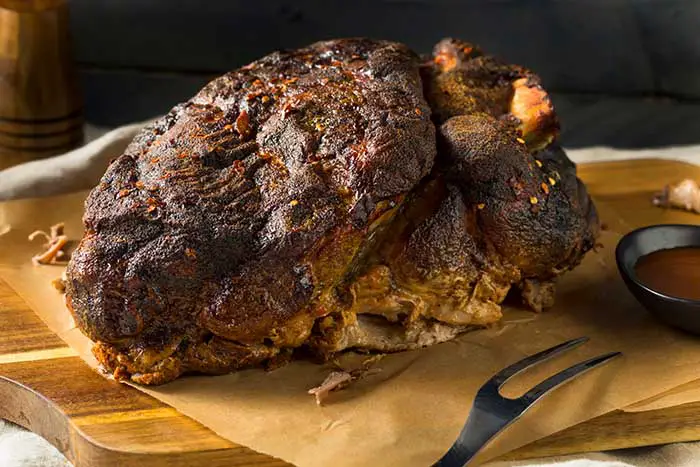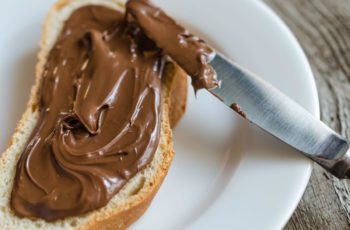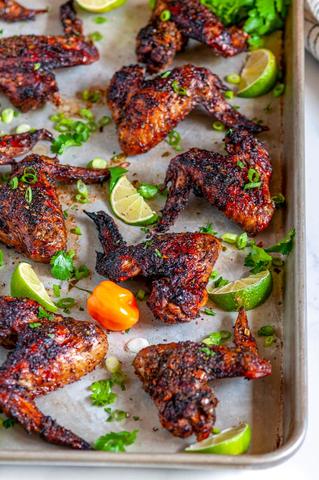
Grilling vs Frying: A Sizzling Debate on Cooking Techniques. Discover the key differences between these popular cooking methods and unlock the secrets to achieving deliciously charred flavors or crispy textures. Whether you’re a barbecue enthusiast or a fan of fried indulgences, join us as we delve into the pros and cons of grilling and frying to help you make the perfect culinary choice for your next meal.
WHAT IS GRILLING?
Grilling is a cooking method that uses dry heat to cook food surfaces from below. It involves placing foods on a griddle or grill pan and cooking them over direct or indirect heat. The grilling temperatures typically range from 250 to 500 degrees F, with the optimum temperature being around 310 degrees F. The food is cooked for a specific amount of time on one side and then flipped to cook the other side for a similar period. Grilled food has a smoky flavor, crispy texture, and may have char marks.

WHAT IS PAN-FRYING?
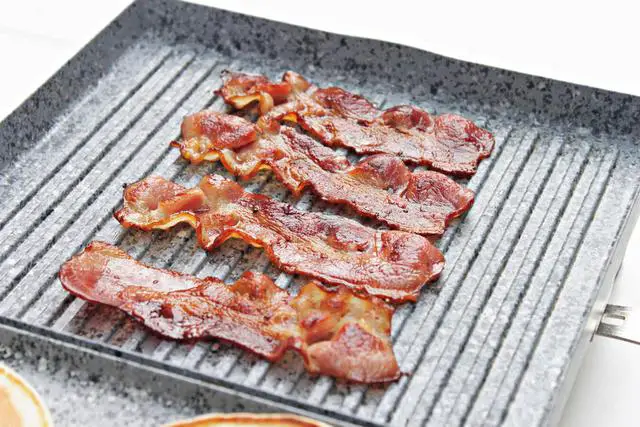
Pan-frying is a cooking method that involves cooking foods with scalding oil or fat in a heated pan. It is a versatile cooking technique that uses minimal amounts of edible cooking oils to cook various types of foods. Commonly used oils for pan-frying include coconut oil, olive oil, vegetable oil, and mustard oil.
To pan-fry food, the oils are first preheated in the pan, and then the food is added and cooked for a short period of time. The high heat conducted by the frying pan results in crispy food with an excellent aroma. Pan-frying is often used for quickly cooking ingredients such as meat, fish, vegetables, and even eggs and pancakes.
Compared to grilling, pan-frying requires the use of additional oils for cooking, which increases the fat content in foods. However, it is considered healthier than deep-frying where foods are completely submerged in oils. The raised ridges on grills and grill pans allow excess fats and juices from the food to drip down, resulting in proteins with fewer fats. Pan-fried food retains its original taste and crisp texture but may have a greasy texture due to the added oils.
GRILLING VS. PAN-FRYING: DIFFERENCES
Grilling and pan-frying are distinct cooking methods with several differences in their techniques and results. Grilling involves cooking food on a griddle or grill pan over direct or indirect heat, while pan-frying involves cooking with scalding oil or fat in a heated pan. The temperatures for grilling are typically higher than those used for pan-frying, resulting in faster cooking times.
The choice between grilling and pan-frying depends on the type of food being cooked. Foods that require a flat surface, such as eggs and pancakes, are best cooked in a frying pan, whereas foods that benefit from the caramelized exterior and smoky flavor of grilling, such as steak and vegetables, are better suited for grilling.
In terms of health benefits, grilling is considered a healthier option as it does not involve the use of additional fats and oils like pan-frying does. The raised ridges on grills allow excess fats and juices to drip down, leaving proteins with fewer fats. However, excessive consumption of grilled foods may increase the risk of cancer due to the formation of polycyclic aromatic hydrocarbons (PAH) when meat is cooked at high temperatures.
FAQS: GRILLING VS. PAN-FRYING
1. What is the main difference between grilling and pan-frying?
The main difference between grilling and pan-frying lies in the cooking methods used. Grilling involves cooking food over direct or indirect heat on a griddle or grill pan, while pan-frying involves cooking food with scalding oil or fat in a heated frying pan.
2. Which method is faster, grilling or pan-frying?
Grilling is generally a faster cooking method compared to pan-frying. While food is cooked quickly over high heat during grilling, pan-fried food requires a short period of time to cook in preheated oils.
3. Can the same foods be cooked using both grilling and pan-frying methods?
No, certain foods are better suited for either grilling or pan-frying. For example, eggs and pancakes are best cooked in a frying pan, while grilled steak or vegetables have a better flavor due to caramelization on the grill.
4. Which method is healthier, grilling or pan-frying?
Grilling is generally considered a healthier cooking method compared to pan-frying because it does not involve the use of additional fats and oils. Pan-frying, on the other hand, increases the fat content in foods due to the use of oils for cooking.
5. What are some potential health risks associated with grilling?
Cooking meat at high temperatures and on open flames during grilling can produce polycyclic aromatic hydrocarbons (PAH), which may increase cancer risks when consumed regularly.
6. How does each method affect the taste and texture of cooked foods?
Grilled foods have a smoky flavor, crispy texture, and char marks, while pan-fried foods retain their original taste and crisp texture. However, pan-fried foods may end up with a greasy texture due to the use of oils.
CAN I PAN FRY INSTEAD OF A GRILL?
Yes, you can pan fry instead of using a grill. Pan frying is a suitable alternative to grilling when you don’t have access to a grill or prefer the convenience of cooking indoors. Pan frying allows you to achieve similar results as grilling, such as crispy exteriors and flavorful dishes. However, it’s important to note that the taste and texture may differ slightly from grilled food.
To pan fry instead of using a grill, heat a frying pan over medium-high heat and add a small amount of oil or fat. Place the food in the pan and cook for the recommended time on each side, flipping as needed. Make sure to adjust the cooking time based on the thickness of the food to ensure it cooks evenly.

IS GRILLING HEALTHIER THAN PAN-FRYING?
Grilling and pan-frying are both popular cooking methods, but when it comes to health benefits, grilling is generally considered healthier than pan-frying. Grilling involves cooking food over direct or indirect heat without the use of excessive fats or oils. This allows excess fats and juices to drip away from the food, resulting in lower fat content. On the other hand, pan-frying requires the use of oils or fats for cooking, which increases the fat content in the food.
While both grilling and pan-frying can result in delicious meals, grilling offers some specific health advantages. The raised ridges on grills and grill pans allow excess fats and juices to drip down, leaving proteins with fewer fats. This leads to a healthier and leaner meal option. Additionally, grilling does not involve deep frying or submerging food completely in oil, which further reduces the fat intake.
However, it is important to note that grilling at high temperatures over open flames can produce polycyclic aromatic hydrocarbons (PAH), which may contribute to cancer risks. To minimize this risk, it is recommended to avoid charring or burning the food while grilling.
Overall, while both methods can be enjoyed in moderation, grilling is generally considered a healthier option due to its ability to reduce fat content and avoid excessive use of oils or fats compared to pan-frying.
IS STEAK ON A GRILL HEALTHY?
Grilled steak can be a healthy option for cooking meat. When grilling, excess fats from the steak drip down due to the raised ridges on the grill or grill pan. This results in a lower fat content in the cooked steak compared to other cooking methods such as pan-frying. The dripping of fats also leaves the proteins with fewer fats, making it a healthier choice.
However, it is important to note that grilling steak at high temperatures and on open flames can produce polycyclic aromatic hydrocarbons (PAH) which are chemical components that may increase cancer risks. To reduce this risk, it is recommended to avoid charring or burning the steak while grilling and to cook it at lower temperatures.
In conclusion, grilling and frying are both popular cooking methods with their own advantages and disadvantages. Grilling offers a healthier option by reducing fat content, while frying provides a quicker cooking time and enhances flavors. Ultimately, the choice between grilling and frying depends on personal preference and dietary considerations.
Learn More About Grilling
If you want to learn more about grilling, check out these other helpful resources!

